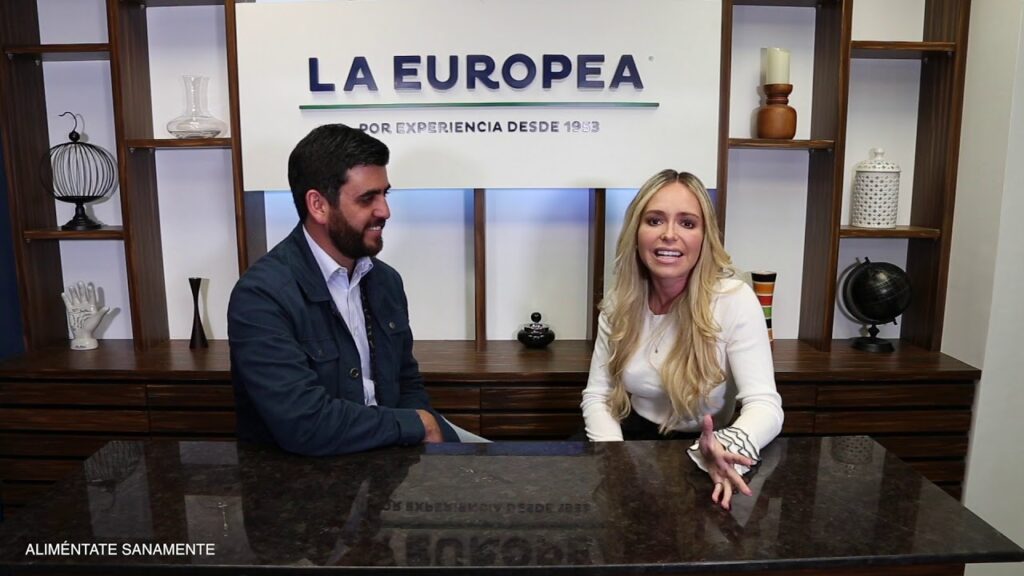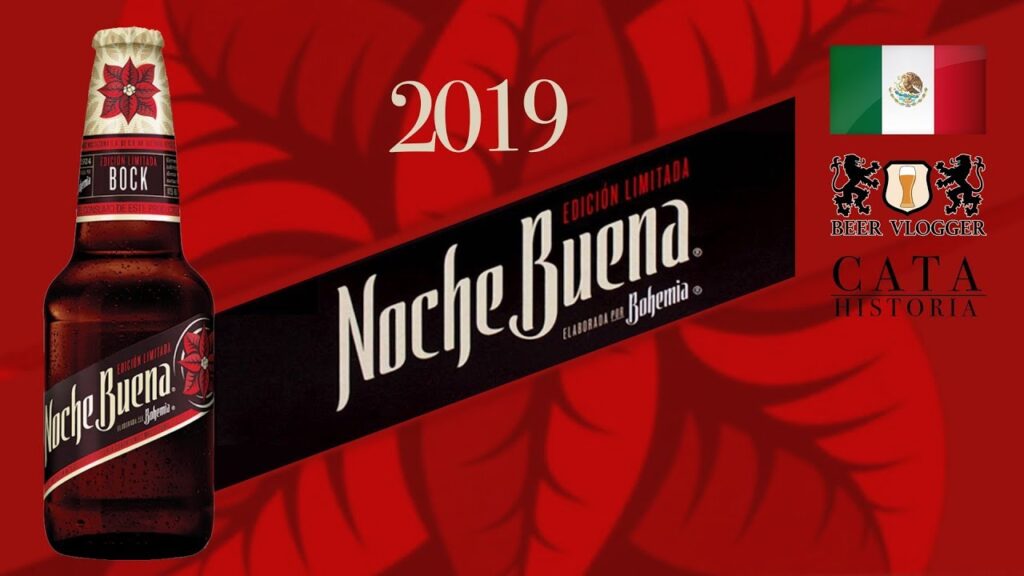Discovering Mexico’s Unique Coca-Cola Capital
In the picturesque town of San Cristóbal de las Casas, nestled in the lush highlands of Chiapas, Mexico, lies an unexpected phenomenon – a place often dubbed “the Coca-Cola Capital of Mexico.” This charming colonial town, with its cobblestone streets and vibrant indigenous culture, presents a fascinating case where modernity meets tradition, and a soft drink has become deeply entrenched in local customs and religious practices.
Visitors to San Cristóbal de las Casas can observe the ubiquitous presence of Coca-Cola, which has surpassed even water in terms of consumption. What makes this town’s relationship with Coca-Cola unique is not just the volume consumed but also the way in which it has been woven into the social and religious fabric of the local indigenous communities. Coca-Cola is used in a variety of rituals and has been adopted as a symbol of generosity and status.
But how did Coca-Cola achieve such a prominent place in the communities of San Cristóbal de las Casas? The answer lies in a combination of historical factors and targeted marketing campaigns by the Coca-Cola company in the 1960s and 1970s. Local merchants quickly adopted the soft drink, which soon became a staple at gatherings and celebrations, further cementing its status as a cultural icon.
Another contributing factor to Coca-Cola’s dominance in this region is the belief in its medicinal and spiritual qualities. It is thought to cure ailments, and some even believe that the carbonation can cleanse the soul, a concept that resonates with the syncretism of indigenous and Catholic religious rituals practiced here. This has led to an astonishing amount of local consumption, with some reports suggesting that inhabitants drink an average of more than two liters a day.
Despite the charm and intrigue of this cultural phenomenon, health experts have raised concerns about the impact of high soda consumption in the region. Diabetes and obesity rates have soared in San Cristóbal de las Casas, highlighting a pressing issue at the heart of tradition versus health. The town’s love affair with Coca-Cola is a complex tapestry woven from the threads of history, culture, and commerce, presenting a bittersweet narrative that continues to unfold.
Exploring the World’s Highest Coca-Cola Consumption Region in Mexico
Mexico is renowned for holding a record that might be surprising to many: it has the highest per capita consumption of Coca-Cola in the world. One particular region in Chiapas, a state in the southern part of the country, stands out even within Mexico for its exceptionally high consumption rates. What makes this fact even more fascinating is that the area is largely rural, with strong indigenous communities for whom the soda has become not just a beverage, but a part of cultural rituals and daily life.
The reasons behind this phenomenon are as complex as the country’s diverse tapestry of cultures. Economically, Coca-Cola can be more accessible than clean drinking water in some communities, making it an often-sought choice for hydration. Furthermore, advertising campaigns by Coca-Cola have historically been strong in the region, embedding the brand into the social fabric. In some parts of Chiapas, for example, festive occasions such as weddings, religious ceremonies, and public celebrations are not complete without the presence of the familiar red and white logo on bottles of Coke.
Despite the cultural integration of Coca-Cola in these communities, there are health concerns that cannot go unmentioned. The high sugar content in soda contributes to alarmingly high rates of diabetes and obesity, issues that the Mexican government and health organizations are actively contending with. However, the phenomenon provides an intriguing insight into how a global brand has become intertwined with local customs, and how modern consumption patterns can reshape traditional ways of life.
The Cultural Phenomenon of Coca-Cola in Mexico’s Chiapas State
In the heartland of Mexico’s Chiapas State, a remarkable cultural phenomenon highlights the unique intersection of modern commerce and indigenous traditions—this phenomenon is none other than the ubiquitous presence of Coca-Cola. Dotted throughout the lush, mountainous landscapes of Chiapas are mom-and-pop shops, market stalls, and traditional eateries, all stocked with the familiar red labels of this global soda. But in Chiapas, Coca-Cola is more than just a refreshment; it has woven itself into the social and spiritual fabric of the local communities.
Coca-Cola’s integration into the spiritual practices of the Indigenous Tzotzil Maya is particularly noteworthy. While one might expect ancient customs to be free from such modern products, the reality in Chiapas tells a different tale. Coca-Cola is commonly used in religious ceremonies, where it has taken on a symbolic role. The effervescence of the soft drink is believed to cleanse the soul and help to communicate with the gods, an adaptation reflecting the dynamic nature of cultural practices.
Several factors have contributed to the ubiquitous embrace of Coca-Cola in Chiapas. Historically, access to potable water in many communities was limited, making carbonated drinks an appealing alternative. Furthermore, the company’s aggressive marketing campaigns during the late 20th century made significant inroads with the local populace, who were captivated by the brand’s promise of modernity and exclusivity.
One cannot discuss the prominence of Coca-Cola in Chiapas without acknowledging the economic implications. The brand’s local bottling plant, one of the largest in Latin America, has brought employment opportunities to the region, fueling a co-dependent relationship between the corporations and the Chiapas natives. This economic impact, however, comes with concerns regarding health implications, as the state has one of the highest consumption rates of soft drinks and correspondingly high rates of diabetes and obesity.
Amidst the bustling markets and colorful festivals of Chiapas, Coca-Cola’s bright red trucks are a common sight and are almost as emblematic of the region as the vibrant traditional attire of the locals. Tourists are often surprised to find that in the smallest of villages, even where modern amenities are scarce, Coca-Cola is readily available, served cold and shared generously, a testament to its deeply rooted presence in the local way of life.
What Makes Mexico’s Chiapas the Global Leader in Coca-Cola Intake?
Mexico’s southern state of Chiapas has a notable record when it comes to Coca-Cola consumption; it has the highest per capita intake in the world. But what has propelled this region to such extremes in soda consumption? A complex blend of cultural factors, economic circumstances, and even religious practices has made this otherwise traditional state synonymous with the global beverage brand.
The cultural significance of Coca-Cola in Chiapas has deep roots. For many of the indigenous communities, the drink has found its way into religious and social ceremonies, often seen as a means to connect with the divine. This infusion into local culture has been such that the standard offerings of food and local spirits have steadily given way to bottles of Coke, symbolizing a mix of tradition and modernity in these ritual practices.
Economically, Coca-Cola has established a strong foothold due to a combination of savvy marketing and widespread distribution strategies. Unlike potable water, which can be scarce and even unsafe in many parts of Chiapas, Coca-Cola is readily available, thanks to an extensive distribution network. The affordability of Coke, often priced competitively with other basic commodities, has made it a staple in the diet of many Chiapanecos, further entrenching its presence in everyday life.
Furthermore, the health implications of this high consumption cannot be ignored. While Coca-Cola has become a prominent part of Chiapas culture and economics, health officials have raised concerns about the impact on the well-being of the local population, especially with the high sugar content contributing to health issues. Despite these concerns, the consumption rate continues to soar, making Chiapas a case study for public health experts and social anthropologists alike.
Unveiling the Secret of Mexico’s Unrivaled Coca-Cola Consumption
Throughout the world, Coca-Cola is a beloved beverage, but in Mexico, it holds a particularly exceptional place in the hearts and diets of many. This carbonated soda surpasses all others in popularity, to the extent that Mexico has become the world’s leading consumer per capita. Factors for this unique consumption pattern range from cultural customs to the economic landscape within the country. As we delve into this fizzy phenomenon, we begin to understand how Coca-Cola has bubbled to the top of Mexico’s beverage choices, embodying more than just a thirst-quencher but a symbol of social gathering.
One intriguing aspect lies in the culinary integration that Coca-Cola has found within Mexican cuisine. Unlike anywhere else, It’s not uncommon to find Coca-Cola as a staple at meal times, often paired with traditional dishes such as tacos and tamales. The beverage is believed not only to complement the rich flavors but in some cases, to aid in digestion. Special occasions and family gatherings frequently feature this carbonated soda, making it deeply ingrained in the fabric of Mexican societal norms and celebrations. This habitual inclusion has helped maintain high consumption rates, reinforcing its presence at dinner tables across the nation.
Accessibility is another key ingredient in this consumption story. The Coca-Cola branding is omnipresent, with advertisements and product placements found even in the most remote of places. Local stores, known as ‘tienditas,’ often have exclusive deals with beverage distributors that favor the sale of Coca-Cola products. This extensive distribution network ensures that even in areas where clean drinking water may be scarce, Coca-Cola is readily available. Thus, the brand’s deeply-rooted availability has contributed to Coca-Cola’s dominance in the Mexican market, forging an enduring connection with Mexican identity and daily life.



